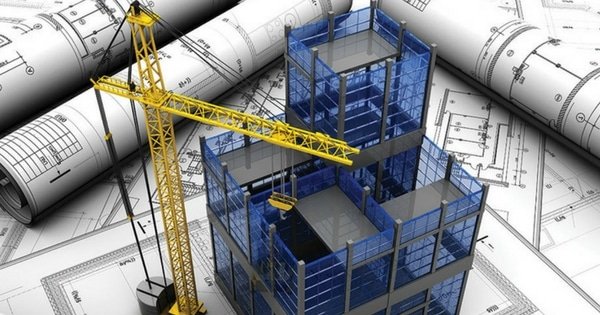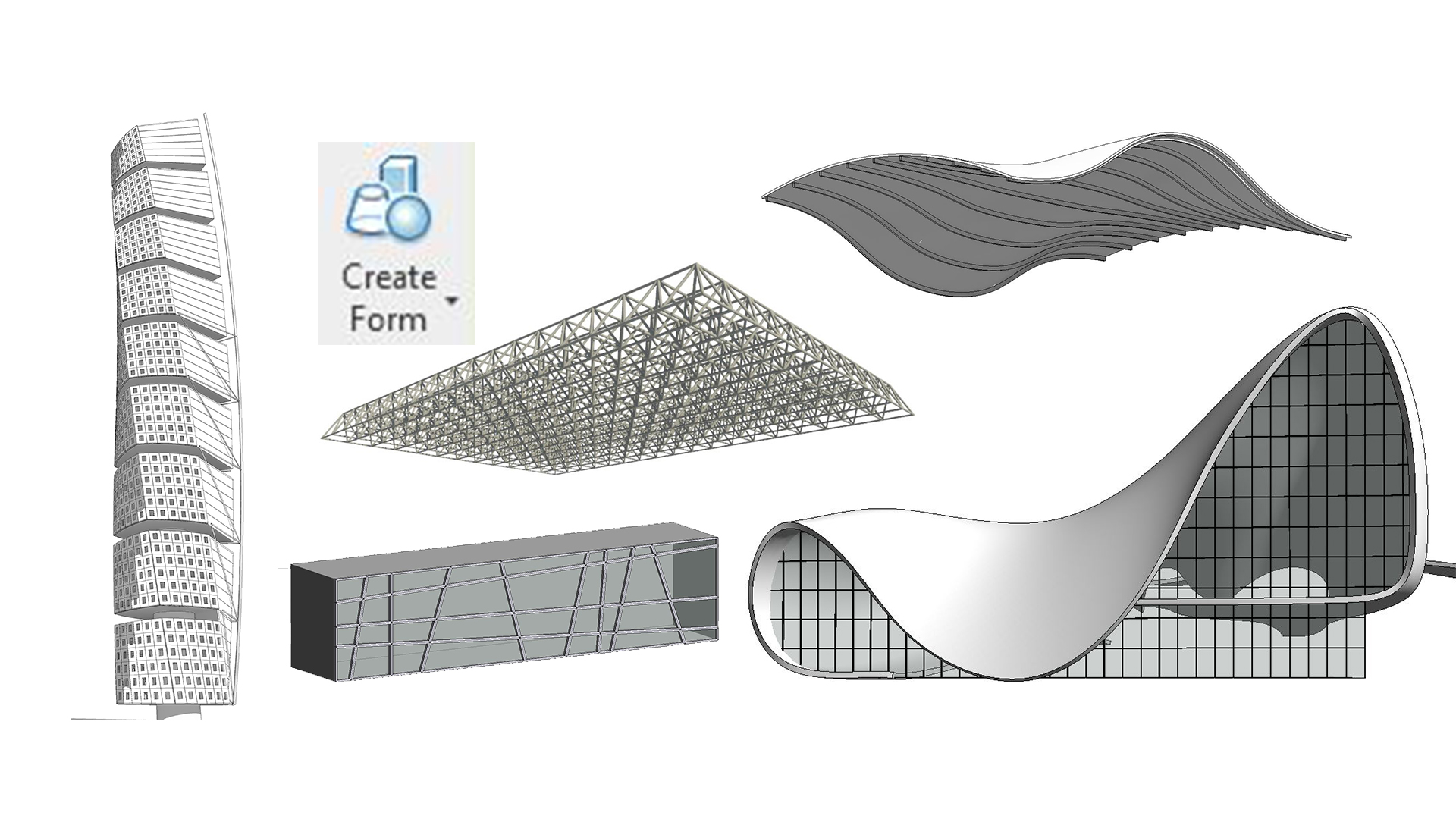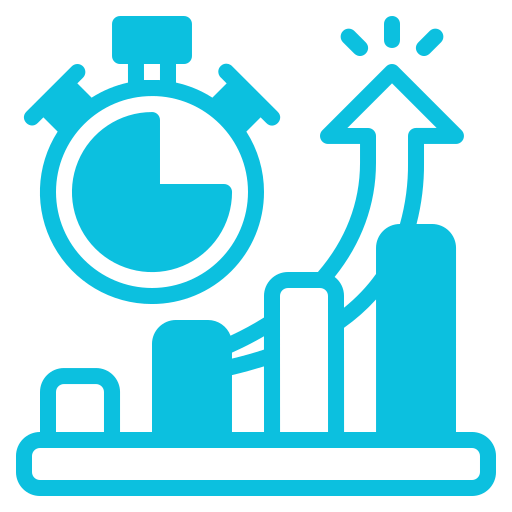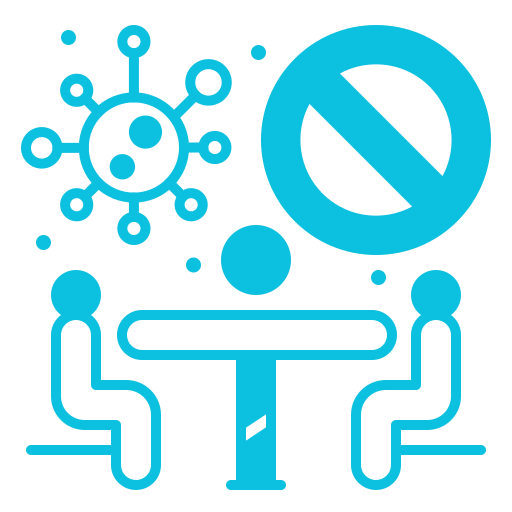Structural Design and Analysis
We specialize in Structural Design and Analysis, providing innovative solutions that ensure safety, stability, and efficiency while optimizing materials and costs for your projects.

Structural Design & Analysis
We provide cutting-edge structural design and analysis solutions using advanced BIM technology. Our team uses a collaborative approach to design and analyze structures, ensuring that designs meet safety standards, are cost-effective, and optimize resource use. We integrate 3D models for improved accuracy, reduced errors, and enhanced project timelines.




Building Information Modeling (BIM) has transformed structural design and analysis by providing a centralized, data-rich platform for accurate and efficient engineering. From the initial concept to detailed analysis, BIM enables engineers to design, simulate, and optimize structural systems with precision. The model facilitates seamless integration of design data with analytical tools, ensuring structural integrity while minimizing errors and rework. By incorporating advanced simulations, engineers can predict performance under various conditions, enabling proactive decision-making and cost-effective solutions. With the inclusion of as-built data and technologies like point cloud integration, BIM supports comprehensive structural analysis and enhances collaboration across teams, ensuring that every component of the structure is designed and evaluated for safety, durability, and efficiency.
Why Choose Tecverse
Tecverse stands out as a top provider of BIM solutions, offering a blend of innovation, strong industry partnerships, and a customer-centric approach that ensures the highest level of quality and efficiency in every project.
FAQs

Structural design and analysis involve creating safe and efficient structures by calculating forces, stresses, and loads. It ensures that buildings, bridges, and other structures can withstand various conditions while meeting safety and performance standards.

The key principles of structural design include stability, strength, and serviceability. Structures must resist applied loads without collapsing, maintain integrity during use, and minimize deflection and vibrations to ensure comfort and functionality.

Structural analysis relies on tools such as SAP2000, ETABS, STAAD Pro, and ANSYS. These software applications simulate forces, evaluate stresses, and optimize designs for various construction projects.

Structural analysis ensures that a structure can bear loads and endure environmental conditions such as wind, earthquakes, and temperature changes. It helps prevent failures, reduces costs, and guarantees long-term safety and performance.

Structural design considers factors such as material properties, load requirements, environmental conditions, safety codes, and construction methods. These ensure the structure is functional, safe, and cost-effective.

Challenges include accurately predicting loads, accounting for complex interactions between materials, meeting regulatory codes, and ensuring sustainability. Advanced tools and collaboration among professionals help overcome these challenges.

Building codes provide guidelines and standards for structural design to ensure safety, stability, and durability. They help engineers design structures that can withstand expected loads and environmental conditions while adhering to legal and ethical practices.
.webp)
Innovate, Build, Deliver
Get in touch with us to discover how we can empower your team to harness cutting-edge construction technologies for quicker and more impactful outcomes.




